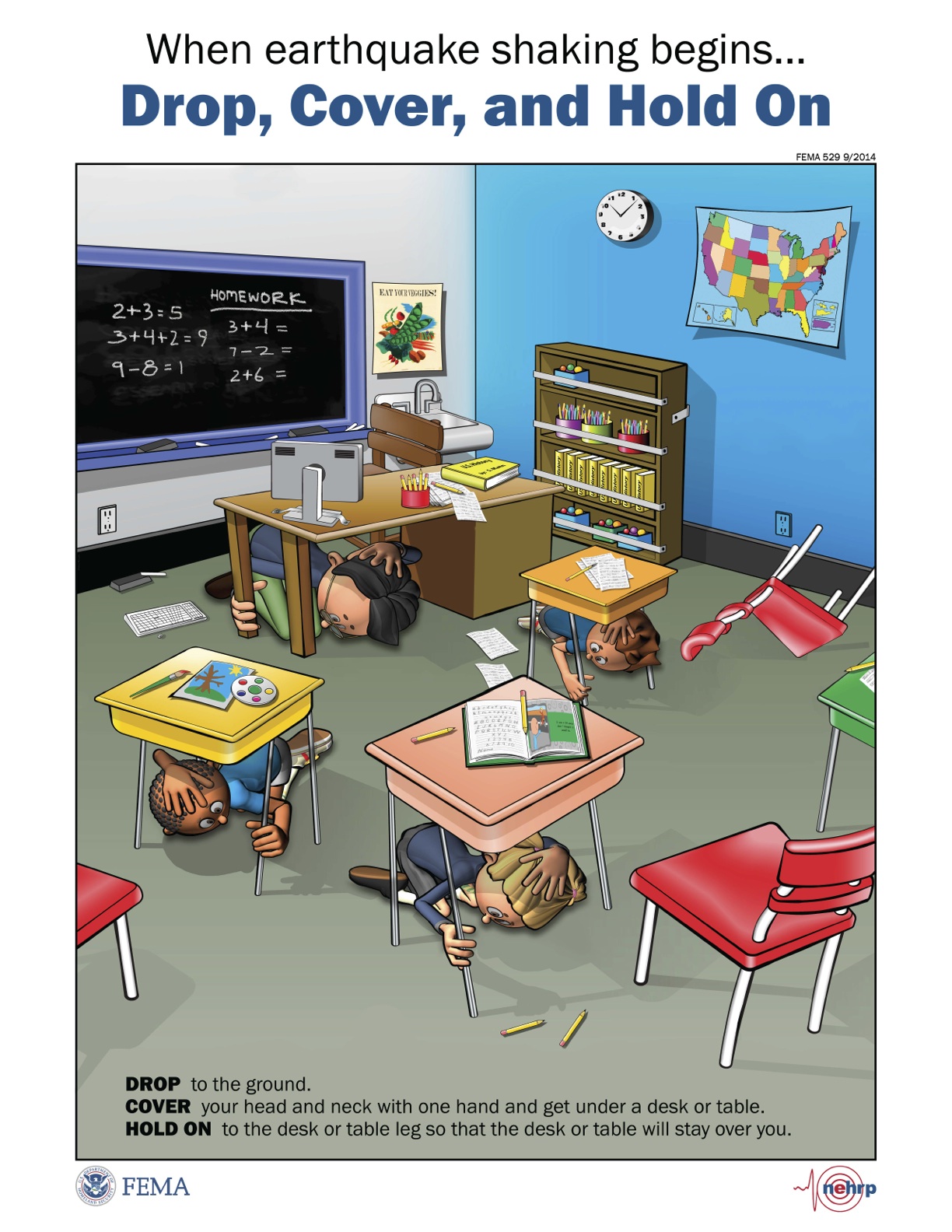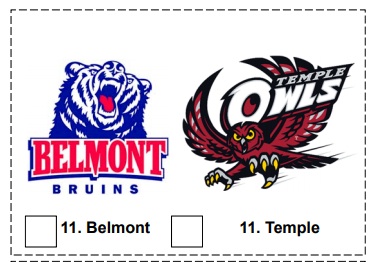Although there is no denying that computers play a major role in education today, the elimination of cursive writing from our children’s curriculum points to a frightening over-reliance on technology. Can cursive make a comeback?
Among teachers, administrators and parents, the debate is fierce. Opponents say that cursive writing is a skill that is woefully out of date in the overwhelmingly digital 21st century and that keyboarding proficiency is the natural replacement. Proponents quickly point out that if we no longer teach cursive writing in our schools, important handwritten historical documents will actually need to be translated in the future, as if they were written in a foreign language.
Of course, historical documents are not the only issue. Will our children be unable to read items of personal significance like their grandmother’s diaries, great grandfather’s letters from the war or mother’s hastily scrawled recipes? The implications, from post office deliveries, to legal signatures, to brand logos, wedding invitations and book titles is staggering. Simply take a quick look around you – cursive writing is everywhere!
You may wonder, where did the notion to eliminate cursive writing even originate? Usually learned in the 2nd or 3rd grade, cursive writing had long been one of the most basic, fundamental skills acquired in elementary school.
According to author A. Pawlowski at Today.com, the culprit may actually be the Common Core standards created to improve education. “Introduced in 2010 and adopted by 43 states and the District of Columbia, the initiative requires 'keyboarding skills,' but doesn't make any mention of cursive, prompting many school districts to limit or drop handwriting instruction,” Pawlowski writes.
Since the Common Core standards for English language arts curriculum do not explicitly require cursive instruction, and, with teacher performance inextricably linked to student progress, cursive became just one of many casualties of more testing. In fact, in one national survey which included over 600 elementary school teachers, a shocking 41% said that they no longer incorporated cursive writing lessons into their curriculum.
The benefits of cursive writing are scientific
Cursive writing offers many tangible benefits for students beyond simply the ability to read the Declaration of Independence. The importance of cursive is actually a matter of science.
As Dr. William Klemm notes in a recent Psychology Today article, “Cursive writing helps train the brain to integrate visual, and tactile information, and fine motor dexterity.” For all students, but particularly for those with learning differences, this is a crucial opportunity.
In addition, during early childhood, writing letters in cursive improves letter recognition. This type of learning is different when writing and when typing. Dr. Virginia Berninger, professor of educational psychology at the University of Washington and learning disabilities coordinator for the Eunice Kennedy Shriver Center for Human Development and Disability, explains, "printing, cursive writing, and typing on a keyboard are all associated with distinct and separate brain patterns. When we write by hand, we have to execute sequential strokes to form a letter — something that brain scans shows activate the regions involved in thinking, language, and working memory. Cursive accelerates these benefits. Printing and typing do not stimulate the synchronicity between the brain’s right and left hemispheres, but cursive does.”
See page 2 for guidance on teaching cursive at home
Teaching cursive at home
If your child’s school has eliminated cursive writing from the curriculum, what should you do?
Teaching cursive at home requires some advanced preparation and knowledge. For example, there are two forms of cursive writing: the Zaner Bloser and the D'Nealian methods. There are two basic differences in these methods: the slant and shape of the letters.
The Zaner Bloser writing is straight up-and-down (in printing) and slanted (in cursive). Students learn printing in one style and cursive in the other. This is the style most students were taught from the 1950s onward.
The D'Nealian writing has a slight slant in both its printed and cursive letters. The slant of this method makes the transition from learning printing to learning cursive somewhat easier for students. The D'Nealian printing method also includes letters with tails. When learning cursive, students concentrate on connecting those tails.
Many books have been written outlining the best teaching methods for cursive writing. A quick visit to Amazon with the search parameters “Teaching Cursive” turned up an astounding 472 results. But there are many free internet resources as well. A few of the most popular include:
- K5Learning.com offers free cursive worksheets for practice.
- KidZone.com contains instruction and even customizable cursive tracer pages so parents can type in a child's name (or anything else).
- Superteacherworksheets.com includes handwriting practice worksheets on primary writing paper with dotted lines so students learn to form the heights of the letters correctly.
If you are not up to the challenge of teaching cursive at home, 1-on-1 tutoring may be a smart alternative. Experienced instructors can guide your child through the process, utilizing proven methodologies and teaching practices that will smooth the transition from printing to cursive writing.
While it is true that education should focus on the future, it cannot afford to ignore the past. The evidence is clear. Let’s bring back cursive!
Beverly Stewart, M.Ed. is president and director of Back to Basics Learning Dynamics, Inc., an area leader in 1-on-1 tutoring and test prep for children and adults, and translating/interpreting since 1985. In addition, Back to Basics is also Delaware’s only Department of Education-approved 1-on-1 Private School for K-12. Email Beverly at [email protected], call her at (302) 594-0754 or visit on the web at www.backtobasicslearning.com or www.backtobasicsprivateschool.com.






